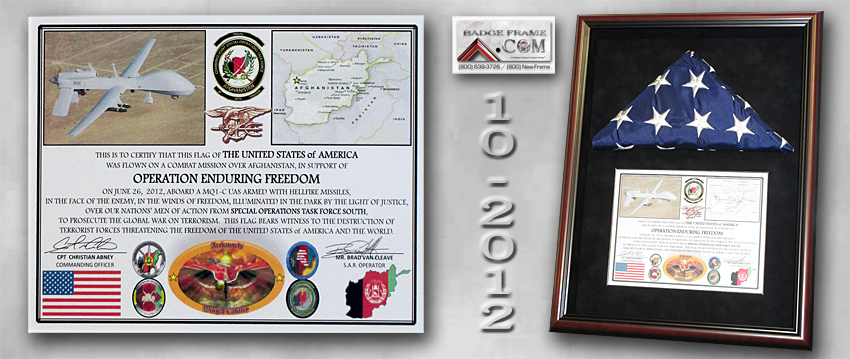

On the basis of available data, it is not known whether those issues are causally related to deployment, but the challenges confronting the troops and their families appear to be real, and Chapter 4 describes them in greater detail. The second highlights some of the issues faced by the troops who have served in OEF or OIF and their families that are being reported in the popular press, government reports, and the peer-reviewed scientific literature. The first provides information about the demographics of the all-volunteer military. This background chapter is divided into three sections. Moreover, OEF and OIF together make up the longest sustained US military operation since the Vietnam War, and they are the first extended conflicts to depend on an all-volunteer military. Those wars are fundamentally different from the first Gulf War and other previous wars (see Chapter 3) in their heavy dependence on the National Guard and reserves and in the pace of deployments, the duration of deployments, the number of redeployments, the short dwell time between deployments, the type of warfare, the types of injuries sustained, and the effects on the service members, their families, and their communities. Since the beginning of the wars in Afghanistan and Iraq in 2001, over 1.9 million US military personnel have been deployed in 3 million tours of duty lasting more than 30 days as part of Operation Enduring Freedom (OEF) or Operation Iraqi Freedom (OIF) ( Table 2.1).


 0 kommentar(er)
0 kommentar(er)
